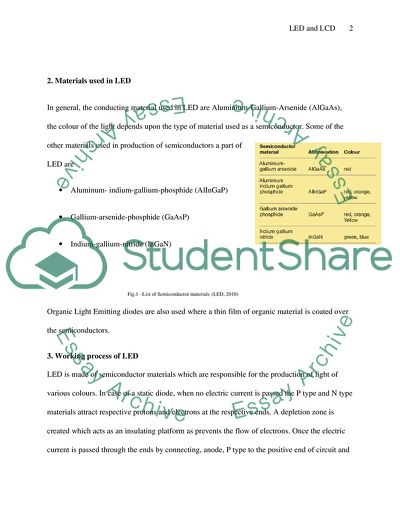Cite this document
(Operating Principles of LED and LCD Report Example | Topics and Well Written Essays - 1250 words, n.d.)
Operating Principles of LED and LCD Report Example | Topics and Well Written Essays - 1250 words. https://studentshare.org/design-technology/1569277-operating-principles-of-light-emitting-diode-led-and-liquid-crystal-lcd-electronic-displays
Operating Principles of LED and LCD Report Example | Topics and Well Written Essays - 1250 words. https://studentshare.org/design-technology/1569277-operating-principles-of-light-emitting-diode-led-and-liquid-crystal-lcd-electronic-displays
(Operating Principles of LED and LCD Report Example | Topics and Well Written Essays - 1250 Words)
Operating Principles of LED and LCD Report Example | Topics and Well Written Essays - 1250 Words. https://studentshare.org/design-technology/1569277-operating-principles-of-light-emitting-diode-led-and-liquid-crystal-lcd-electronic-displays.
Operating Principles of LED and LCD Report Example | Topics and Well Written Essays - 1250 Words. https://studentshare.org/design-technology/1569277-operating-principles-of-light-emitting-diode-led-and-liquid-crystal-lcd-electronic-displays.
“Operating Principles of LED and LCD Report Example | Topics and Well Written Essays - 1250 Words”. https://studentshare.org/design-technology/1569277-operating-principles-of-light-emitting-diode-led-and-liquid-crystal-lcd-electronic-displays.


